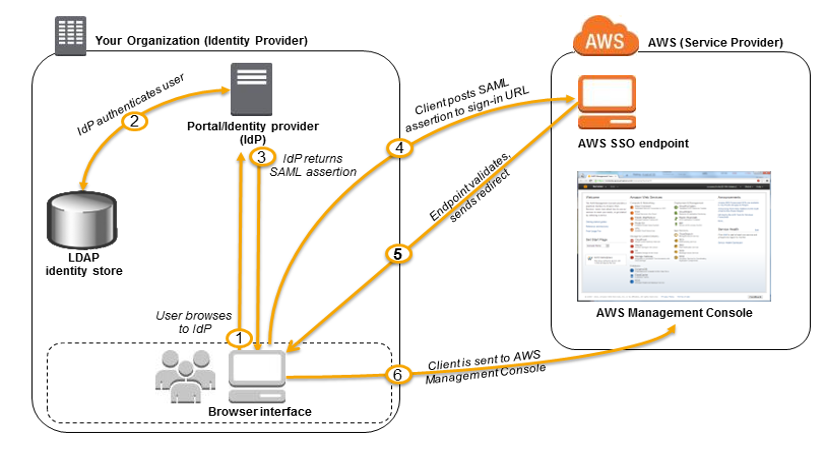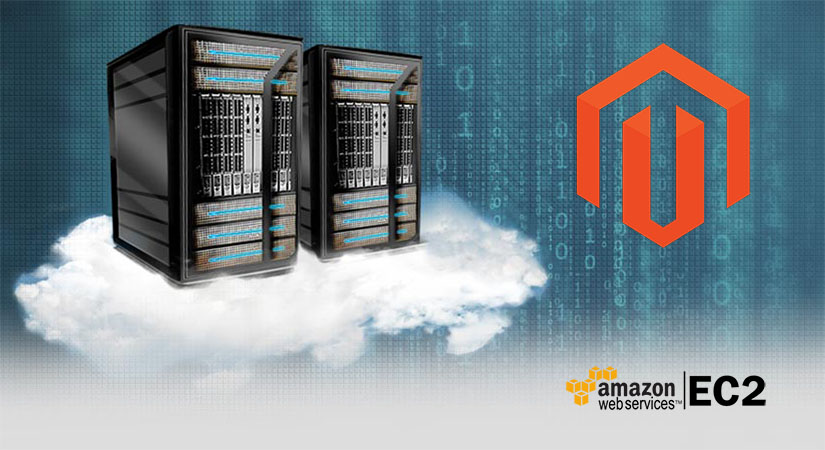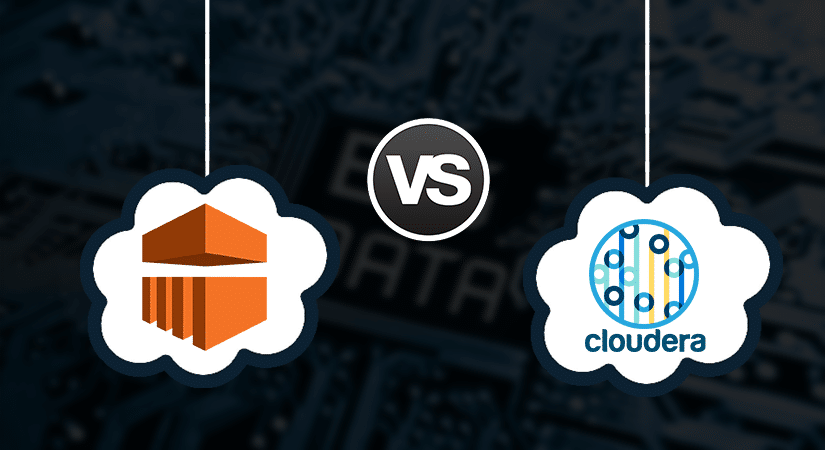Cloud Computing is a broad term that describes a broad range of services. As with other significant developments in technology, many vendors have seized the term “Cloud” and are using it for products that sit outside of the common definition.
The generally accepted definition of Cloud Computing comes from the National Institute of Standards and Technology (NIST).1 The NIST definition runs to several hundred words2 but essentially says that:
“Cloud Computing is a model for enabling convenient, on-demand network access to a shared pool of configurable computing resources (e.g., networks, servers, storage, applications, and services) that can be rapidly provisioned and released with minimal management effort or service provider interaction. ”
NIST also offers up several characteristics that it sees as essential for a service to be considered “Cloud.” These characteristics include:
- On-demand self-service. The ability for an end user to sign up and receive services without the long delays that have characterized traditional IT.
- Broad network access. Ability to access the service via standard platforms (desktop, laptop, mobile etc).
- Resource pooling. Resources are pooled across multiple customers.
- Rapid elasticity. Capability can scale to cope with demand peaks.
- Measured service. Billing is metered and delivered as a utility service.
The three categories of Cloud Computing:
-
- Software as a Service (SaaS) is software that is deployed over the internet. With SaaS, a provider licenses an application to customers either as a service on demand, through a subscription, in a “pay-as-you-go” model, or (increasingly) at no charge when there is opportunity to generate revenue from streams other than the user, such as from advertisement or user list sales.Saas mainly used where appplications where extremely fast processing of real time data is required.
SaaS Examples: Google Apps, Salesforce etc.
Common SaaS Use-Case: Replaces traditional on-device software
-
- Platform as a Service (PaaS) brings the benefits that SaaS bought for applications, but over to the software development world. PaaS can be defined as a computing platform that allows the creation of web applications quickly and easily and without the complexity of buying and maintaining the software and infrastructure underneath it
Enterprise PaaS Examples: Apprenda
Common PaaS Use-Case: Increases developer productivity and utilization rates while also decreasing an application’s time-to-market
-
- Infrastructure as a Service (IaaS) is a way of delivering Cloud Computing infrastructure – servers, storage, network and operating systems – as an on demand service. Rather than purchasing servers, software, datacenter space or network equipment, clients instead buy those resources as a fully outsourced service on demand.
IaaS Examples: Amazon Web Services (AWS), Microsoft Azure, Google Compute Engine (GCE) etc.
Common IaaS Use-Case: Extends current data center infrastructure for temporary workloads (e.g. increased Christmas holiday site traffic)
Conclusion:For organizations looking to move to Cloud Computing, it is important to understand the different aspects of Cloud Computing and to assess their own situation and decide which types of solutions are appropriate for their unique needs. In our next blogs, we shall explain the how the cloud computing benefiting the organization.Please feel free to ask your question.


